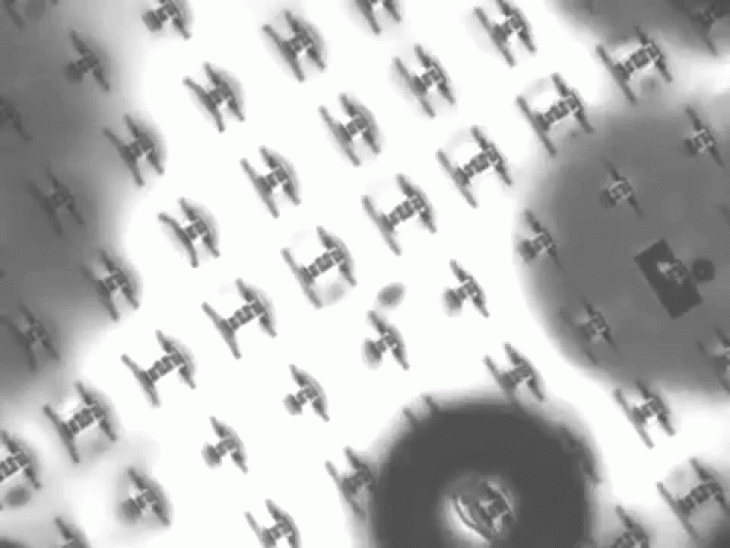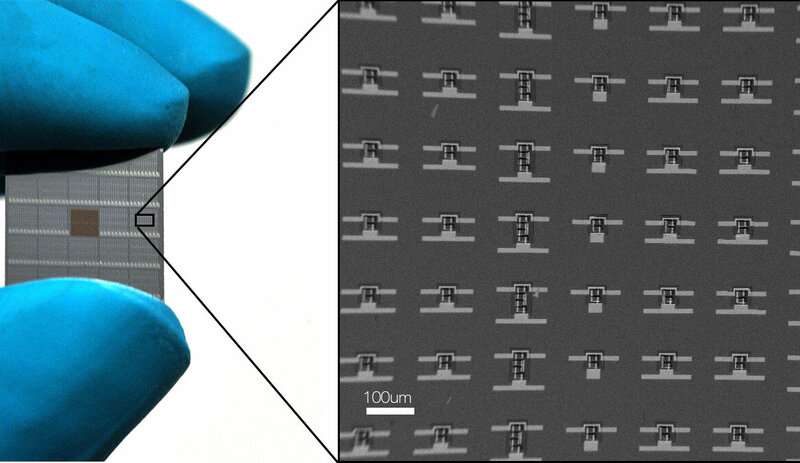
New York’s Cornell University researchers have developed a new nanofabration technology. With the help of which they have created robots as small as human cells. These robots are as small as the width of a hair, and they can be injected into the human body through injection. With the help of this nanofabration technology, a 4-inch special silicon wafer can be converted into millions of microscopic robots in a few weeks time. Mark Miskin of Cornell University has developed this nanofabration technology in collaboration with its co-worker Itai Cohen, Paul Macquen and Researcher Alejandro Cortes. This research has been presented in the meeting of the American Physical Society in Boston.
Explains researcher Mark Miskin, “When I was a kid, I used to watch a lot in the microscope. Now, through the kind of things we are making, we can not only see the world, but we can also play within that world. ” Mark said that he has taken the technology created by the semiconductor industry to create this technique, and used it to make robots.

At present, the initial model of these robots has been made. But Cornell and the Pennsylvania teams are working on the smart version of Robot. In-board sensor, watch and controller will be installed. According to the team, the energy source is currently being used, the robot will be able to move only in a portion of the nail. Therefore, the team is preparing to test other sources of energy for the robot. By which robots can travel throughout the human body and complete different medical missions. These robots can be used for drug delivery and bran mapping in the body’s internal organs.
The width of a hair is as big as the robot
- In a nanofabration technique, a 4-inch special silicon wafer can be converted into millions of microscopic robots in a few weeks time. Each robot will be around 70 μm long. It’s as much as the width of a human’s hair.
- Robot’s body is made from a very thin glass structure. Above it is a thin layer of silicon in which the researchers have installed electronic components of the robot. Along with this, two to four solar cells have been installed.
- Every robot has four legs. To make legs, double layer of platinum and titanium was made. After this, 100 feet of atomic feet were separated for each robot from this layer. According to the researchers, the robot’s legs are very strong, every leg of the robot can take about one thousand times thick weight and weigh eight thousand times more than ourselves.
- Researchers kill laser lights on robots, from which the robot’s solar cells get energy. With this energy the platinum part of the foot opens, while the titanium portion remains in its place. By which the robot’s legs turn. From the solar cell, the front and rear legs of the robot shrink and spread, causing the robot to walk on.


